According to TASS, early morning on June 7, the flood water level in Nova Kakhovka city after the Kakhovka hydroelectric dam broke in Kherson province, southern Ukraine, is gradually decreasing.
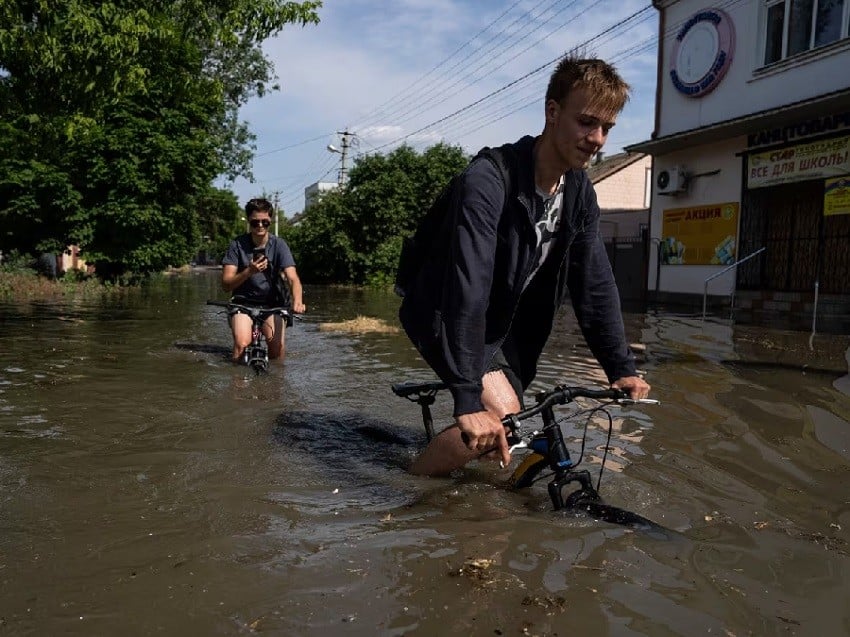 |
| Residents of Nova Kakhovka town cycle on a flooded street after the Kakhovka dam burst on the night of June 6 in Kherson, southern Ukraine. (Source: AP) |
In a statement on its Telegram channel, local authorities said water had begun to recede on previously flooded streets in the city.
The emergency response center in Nova Kakhovka said the water level had dropped to 35mm. Mayor Vladimir Leontyev also confirmed the information, adding that more than 900 people had been evacuated from flooded areas on June 6.
However, according to Mr. Leontyev, at least 7 people were missing.
The Kakhovka hydroelectric dam on the Dnipro River in Kherson collapsed on June 6. Russia blamed Ukrainian forces for the collapse, while Kiev counter-claimed that Russian soldiers blew up the Nova Kakhovka dam.
The Nova Kakhovka hydroelectric dam is 30 m high and 3.2 km long, and was built in 1956. With a reservoir of up to 18 km 3 , it is an important water supply for the Crimean peninsula in the south and the Zaporizhzhia nuclear power plant, Europe's largest, in the north.
The dam’s collapse has flooded many downstream settlements and exacerbated Ukraine’s power shortages. The dam’s collapse has also washed away farmland along the Dnipro River. Meanwhile, the North Crimean Water Channel is at risk of drying up.
The UN Secretary-General has described the disaster as a "major humanitarian, economic and ecological disaster". The UN is working with the Ukrainian government to send drinking water and water purification equipment.
Meanwhile, Director General of the International Atomic Energy Agency (IAEA) Rafael Grossi warned that the Kakhovka dam collapse would lead to a lack of cooling water at the Zaporizhzhia nuclear power plant and could disrupt the operation of emergency generators.
Source


![[Photo] Third meeting of the Organizing Subcommittee serving the 14th National Party Congress](https://vstatic.vietnam.vn/vietnam/resource/IMAGE/2025/4/2/3f342a185e714df58aad8c0fc08e4af2)

![[Photo] General Secretary To Lam receives Russian Ambassador to Vietnam](https://vstatic.vietnam.vn/vietnam/resource/IMAGE/2025/4/2/b486192404d54058b15165174ea36c4e)





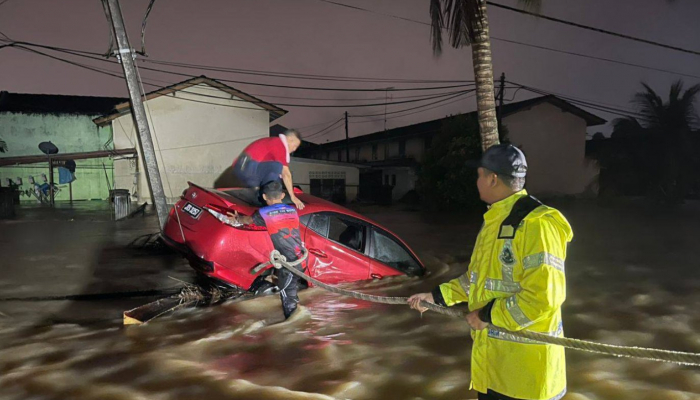



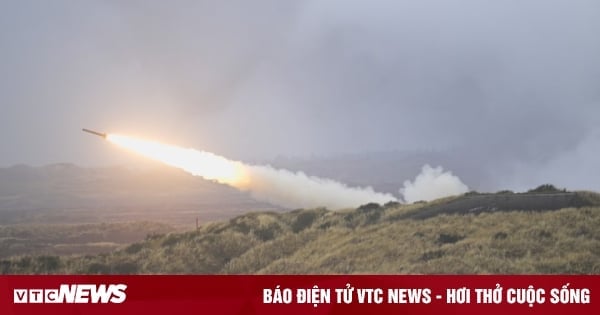


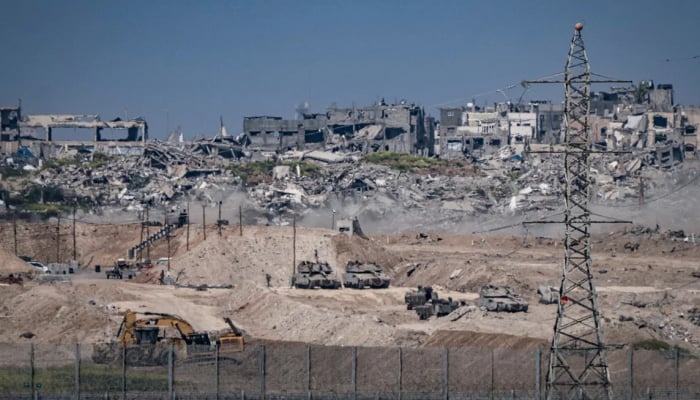

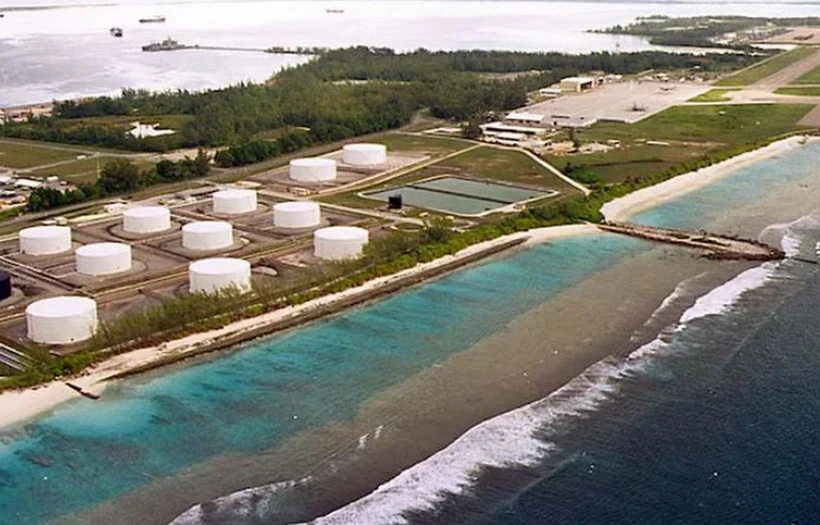











![[Photo] Relatives of victims of the earthquake in Myanmar were moved and grateful to the rescue team of the Vietnamese Ministry of National Defense.](https://vstatic.vietnam.vn/vietnam/resource/IMAGE/2025/4/2/aa6a37e9b59543dfb0ddc7f44162a7a7)



































































Comment (0)